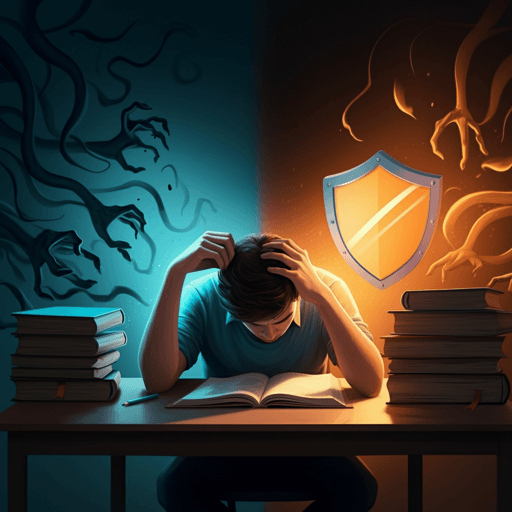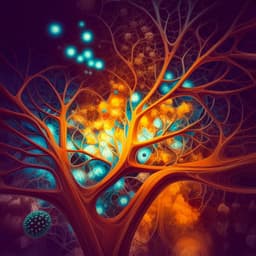
Psychology
The relationship between stress and academic burnout in college students: evidence from longitudinal data on indirect effects
J. Zhang, J. Meng, et al.
This study reveals how stress fuels academic burnout—directly and by eroding perceived social support and self-esteem. Using a three-wave survey of 428 Chinese undergraduates, the authors identify both independent and sequential mediating roles of social support and self-esteem, proposing a Dual Buffering Path Model and recommending stress reduction and stronger support and self-esteem. This research was conducted by Jun Zhang, Jiawen Meng, and Xin Wen.
~3 min • Beginner • English
Related Publications
Explore these studies to deepen your understanding of the subject.







